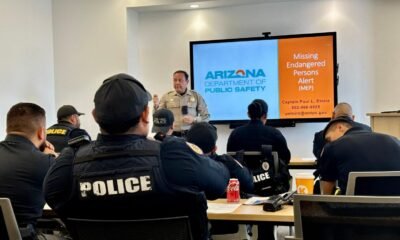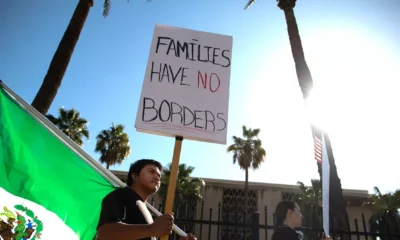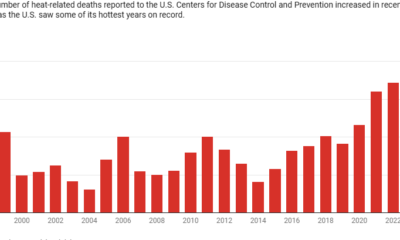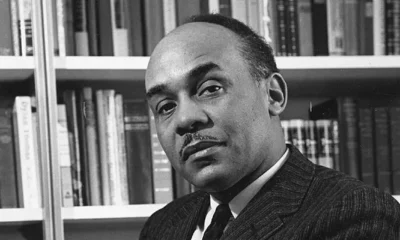cct-tracking
Student Loan Shake-Up: Your Essential Guide to Navigate Recent Changes

Recent developments surrounding student loans have left many borrowers puzzled. Between the resumption of collections, court rulings affecting repayment programs, and staff layoffs within the Education Department, confusion reigns.
The Education Department has announced the start of involuntary collections on defaulted loans, impacting approximately 5.3 million borrowers whose wages may soon be garnished. This anxiety is compounded by the temporary pause on income-driven repayment plans, instigated by a federal court’s decision in February.
“There’s so much confusion, they’ve made it very complicated,” commented Natalia Abrams, president of the Student Debt Crisis Center.
Many borrowers are struggling to contact their loan servicers, limiting their access to vital information, according to Abrams.
For those interested in income-driven repayment plans, applications are currently being processed, though delays are expected. Earlier this year, a court blocked the SAVE plan—a Biden administration initiative designed for expedited loan forgiveness—leading to a temporary suspension of all applications. The Department reopened applications on May 10, allowing borrowers to apply for existing income-driven plans.
Current participants in income-driven repayment plans should be on the lookout for recertification notifications. This annual process updates income and family size information, with dates varying per borrower.
For those involved with the SAVE plan, an administrative forbearance temporarily protects them from payments and interest accrual while legal matters are evaluated. There’s uncertainty regarding when this forbearance will conclude, prompting Abrams to suggest considering alternative income-driven plans.
Borrowers wishing to consolidate their loans may do so through the online application available at studentaid.gov. This process typically takes around 60 days and can only be performed once.
Regarding loans that were forgiven, reinstating canceled loans from President Biden’s administration is unlikely, according to Abrams. Additionally, changes could be forthcoming to the Public Service Loan Forgiveness program, although it currently continues to process loan forgiveness requests.
The absence of an income-driven repayment tracker on the federal student loan website poses challenges for borrowers. To monitor their statuses, Abrams advises taking screenshots of payment history.
Direct communication with servicers is crucial. However, given the increased volume of inquiries, response times may be significantly longer. Many borrowers have reported frustratingly long wait times—up to four hours or more—only to experience disconnections.
If you find yourself delinquent, act promptly to avoid default, which occurs after 270 days of missed payments. Delinquency severely impacts credit scores, with drops of 100 points or more possible.
For borrowers in default, the Education Department recommends reaching out to its Default Resolution Group for payment options or enrollment in an income-driven repayment plan. Loan rehabilitation is also available, requiring servicers to assess financial circumstances to establish a manageable payment plan.
The Fresh Start program, aimed at assisting borrowers out of default, concluded on August 31, 2024, offering no further opportunities for temporary relief.


















